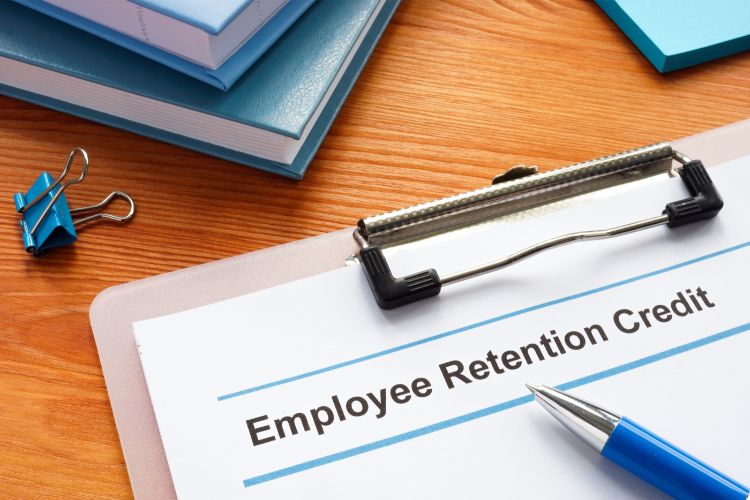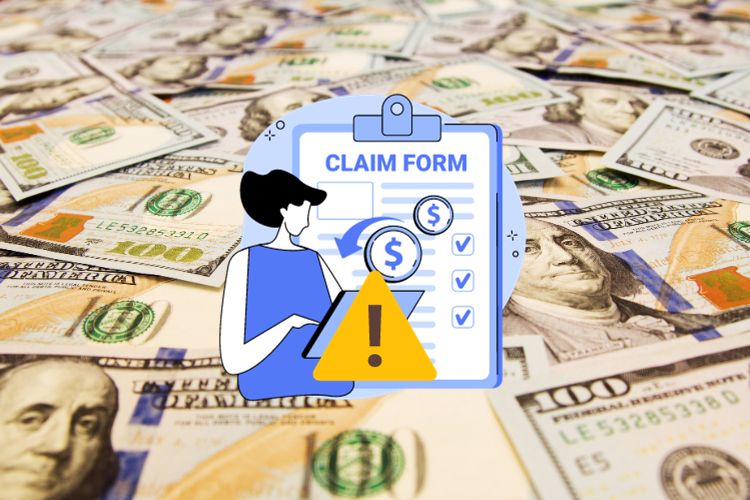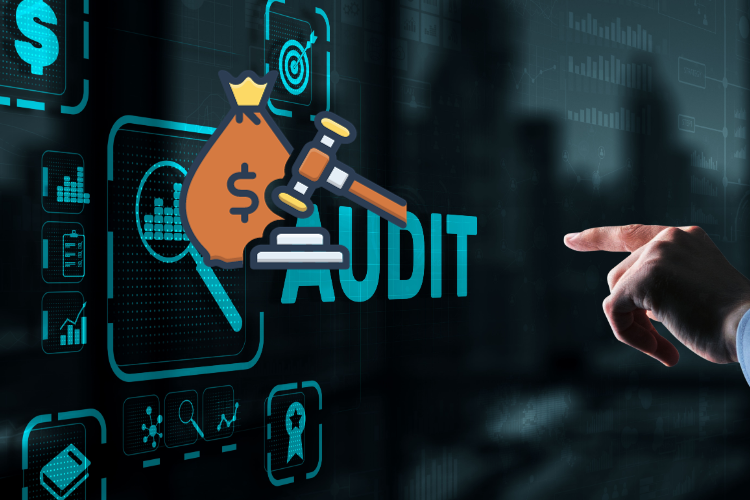
The Mega Backdoor Roth Solo 401(k): Supercharge Your Retirement Wealth with Tax-Free Growth
As a business owner, you’re used to taking charge and seeing your company succeed. But when you’re planning for retirement, are you using all of the available strategies to make the most of your money?
The Mega Backdoor Roth Solo 401(k) is a powerful tool that can help you save a lot more for retirement while giving you the chance to watch your money grow tax-free.
Let’s look at how this plan can completely change your financial future.
How a Solo 401(k) Works: The Basics

The Solo 401(k) plan is for people who are self-employed and don’t have any employees besides their spouse. It has high contribution limits and a lot of different investment choices.
This plan can help both you as an employer and as an employee save as much as possible for retirement.
The Benefits of Roth

With a Roth Solo 401(k), you can put money in after taxes. You have to pay taxes on the money you put in at the beginning, but all of your earnings grow tax-free and are tax-free when you take the funds out of retirement account.
With traditional pre-tax accounts, withdrawals are taxed as income, so this Roth component is a big tax benefit.
The Mega Backdoor Roth Strategy Unveiled

For the Mega Backdoor Roth, you put extra money into your Solo 401(k) after taxes, up to the plan’s overall limit. This is on top of the normal employee contribution limit.
You can make a total of up to $69,000 in 2024, or $76,500 if you are 50 or older. This includes Roth employee contribution and after-tax employee contribution that is immediately converted to Roth funds.
You can immediately convert your after-tax payments to your Roth which lets your money grow tax-free. Most of the time, this conversion is tax-free because the contributions were made with money that had already been taxed.
The Roth conversion step of the after-tax funds is critical, because if it is not done, the growth of that money is taxable at the time of distribution. Please make sure to have your financial advisor convert the after-tax contribution to Roth, so your funds grow tax-free into retirement.
Putting the Strategy Into Action

In 2024, here’s how to use the Mega Backdoor Roth strategy:
- Start by putting in as much as you can into your Roth Solo 401(k). For 2024, the employee contribution amount is $23,000, and if you’re 50 or older, that number goes up to $30,500.
- After Tax Employee Contribution: You can still put money into your Solo 401(k) after taxes if you haven’t hit the $69,000 limit ($76,500 if you are 50 or older).
- Switch to Roth: Change these contributions that were made after taxes to Roth to start the tax-free growth.
- Smart Investing: Because the Roth account will keep all future earnings tax-free, choose investments that will grow and fit your retirement plan and level of comfort with risk.
How to Get Rich Without Paying Taxes

Employing the Mega Backdoor Roth plan will help you build up a tax-free retirement fund. This is especially helpful if you think your taxes will be higher when you retire.
Conclusion
Mega Backdoor Roth Solo 401(k) is a powerful tool for business owners who want to save more for retirement. Talking to a financial advisor or tax advisor is important to make sure it fits with your general financial plan and to learn about the newest rules for retirement accounts.
Not only should you save for retirement, but you should also save wisely. With the Mega Backdoor Roth Solo 401(k), you will be doing just that.






